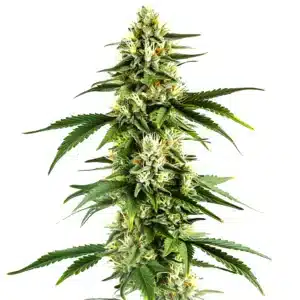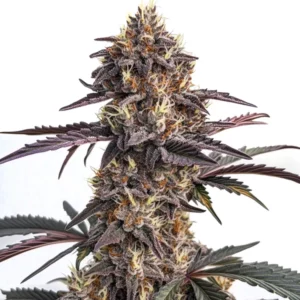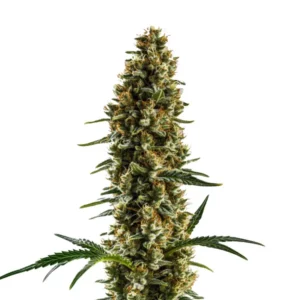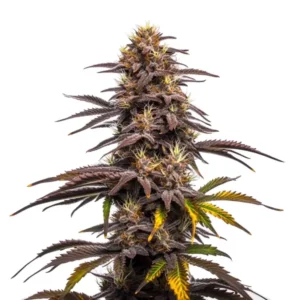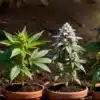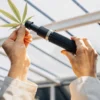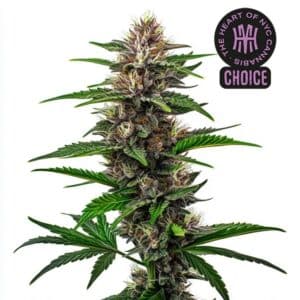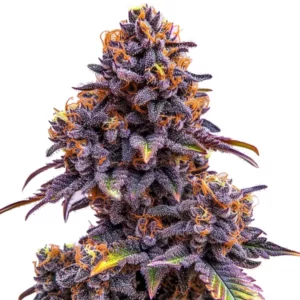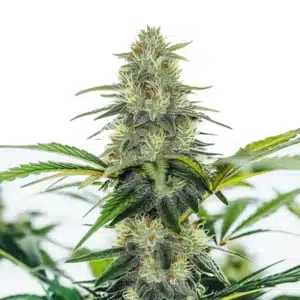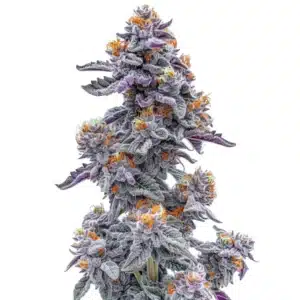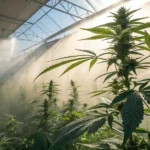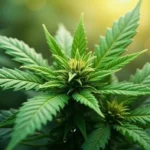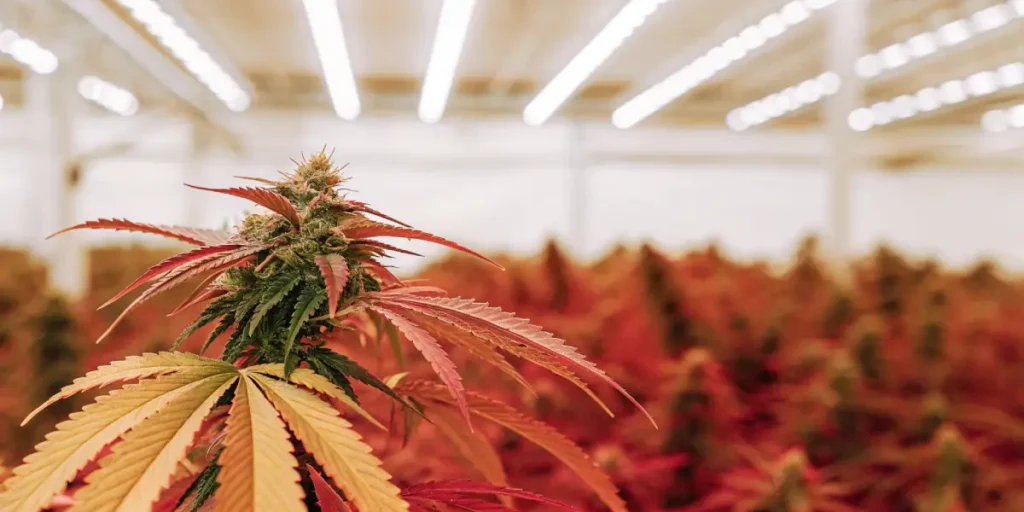
The Goldilocks Principle: Mastering Light Stress in Your Grow Room
Light is the single most important food you will ever give to your cannabis plant. Period. But light is a classic Goldilocks situation: it can’t be too little, and it can’t be too much. It has to be just right.
Getting the lighting wrong is one of the most common ways growers stress out their plants, leading to weak growth and disappointing harvests. Let’s break down the different faces of light stress and how to become the master of your plant’s universe.
Recommended Strains
Fat Bastard
|
|
THC | 30% - 38% (High) |
|
|
Type | Feminized |
|
|
Yield | High |
|
|
Phenotype | 50% Indica / 50% Sativa |
Fat Bastard Auto
|
|
THC | 30% - 38% (High) |
|
|
Type | Autoflowering |
|
|
Yield | High |
|
|
Phenotype | 50% Indica / 50% Sativa |
Problem #1: Not Enough Light (The Desperate Stretch)
This one is easy to spot. Your plant becomes desperate. It will start to stretch like crazy, growing tall and skinny with huge gaps between the nodes. The stems will be weak and flimsy, sometimes unable to even support the leaves. Your plant is literally, desperately reaching for a light source that is too weak or too far away.
The Hidden Cause: A common reason for this, which many growers miss, is that your bulbs are getting old. Traditional HPS and MH bulbs lose a significant amount of power over time. As a rule of thumb, you should be replacing them every three or four full grow cycles. If you don’t, you could be blasting your plants with weak, useless light without even realizing it. (Note: this doesn’t apply to high-quality LEDs, which have a much longer lifespan and maintain their intensity).
Promos & Deals
Problem #2: Too Much Light (The Sunburn)
This is exactly what it sounds like. The leaves closest to your light will look bleached, turning a pale yellow or even white. The edges might look brown, crispy, and burnt.
The Side Effect: Remember, powerful lights generate a lot of heat. Often, what you think is “light burn” is actually heat stress happening at the same time. If you’re dealing with a sunburn scenario, you need to do two things: raise your lights, and increase your ventilation to pull that hot air away from your plant canopy. A plant under intense heat will also “sweat” more to cool itself, so you’ll likely need to increase your watering schedule as well.
The Secret Killer: Light Leaks in the Dark
This is the most sinister and dangerous type of light stress. When your plant is in its 12/12 flowering cycle, that 12 hours of uninterrupted, total darkness is sacred.
If even a tiny pinhole of light gets into your tent or room during this dark period, from an indicator light on a power strip, or a crack under the door, it breaks the magic spell. It confuses the plant’s hormones, sending it into a panic. This panic can cause it to produce male flowers (hermies) or even try to revert back to the vegetative stage, ruining your entire harvest. Before you flip to flower, you MUST do a light leak test: sit inside your sealed grow space with the lights off for five minutes and hunt for any sign of light.
A healthy plant can handle more stress. Remember to keep the underside of the leaves clean so it can breathe, and if you do stress it, a recovery feed with natural phytohormones like auxins and gibberellins (from kelp) can help it bounce back. When you Cultivate a perfect light environment for a sun-loving strain like Amnesia Haze or a tough plant like Sour Diesel, you are giving your Homegrown garden the energy it needs to truly Thrive.
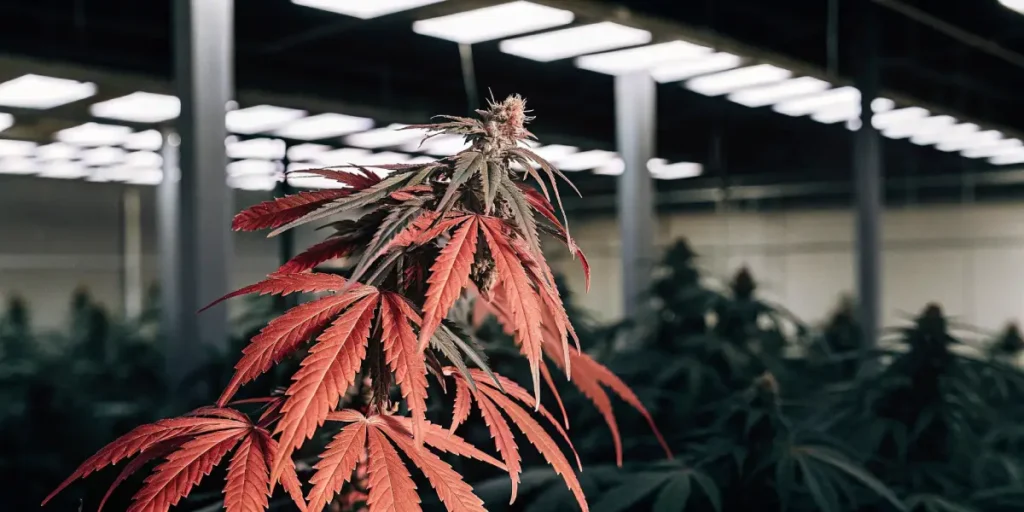
FAQs
My plant is growing really tall and skinny. What’s wrong?
This is a classic sign of not enough light, a process called “stretching” or etiolation. Your plant is desperately reaching for a more intense light source. Either your light is too far away from the plant canopy, or if you’re using older HPS/MH bulbs, they may have lost their power and need to be replaced.
Why is total darkness so important during the flowering stage?
A cannabis plant’s flowering cycle is triggered by long, uninterrupted periods of darkness. If any light, even a tiny LED from a power strip, leaks into the grow space during the “night” cycle, it can confuse the plant’s hormones. This can cause it to panic and produce male pollen sacs (hermaphroditism) or revert back to vegetative growth, both of which will ruin your bud harvest.
My old HPS grow light seems dimmer than it used to be. Is that a problem?
Yes, it’s a huge problem. Unlike LEDs, traditional HPS and MH bulbs lose their intensity significantly over time. You should plan on replacing them every 3-4 grow cycles. If you don’t, you’ll be under-powering your plants, leading to stretching and poor yields in the flowering stage.
What’s the connection between too much light and heat stress?
They are almost always a team. High-intensity lights produce a lot of heat. Often, the “light burn” you see on your top leaves is a combination of both excessive light and excessive heat. The solution is always twofold: move the light further away from the plants AND increase your air circulation and ventilation to remove the hot air.




